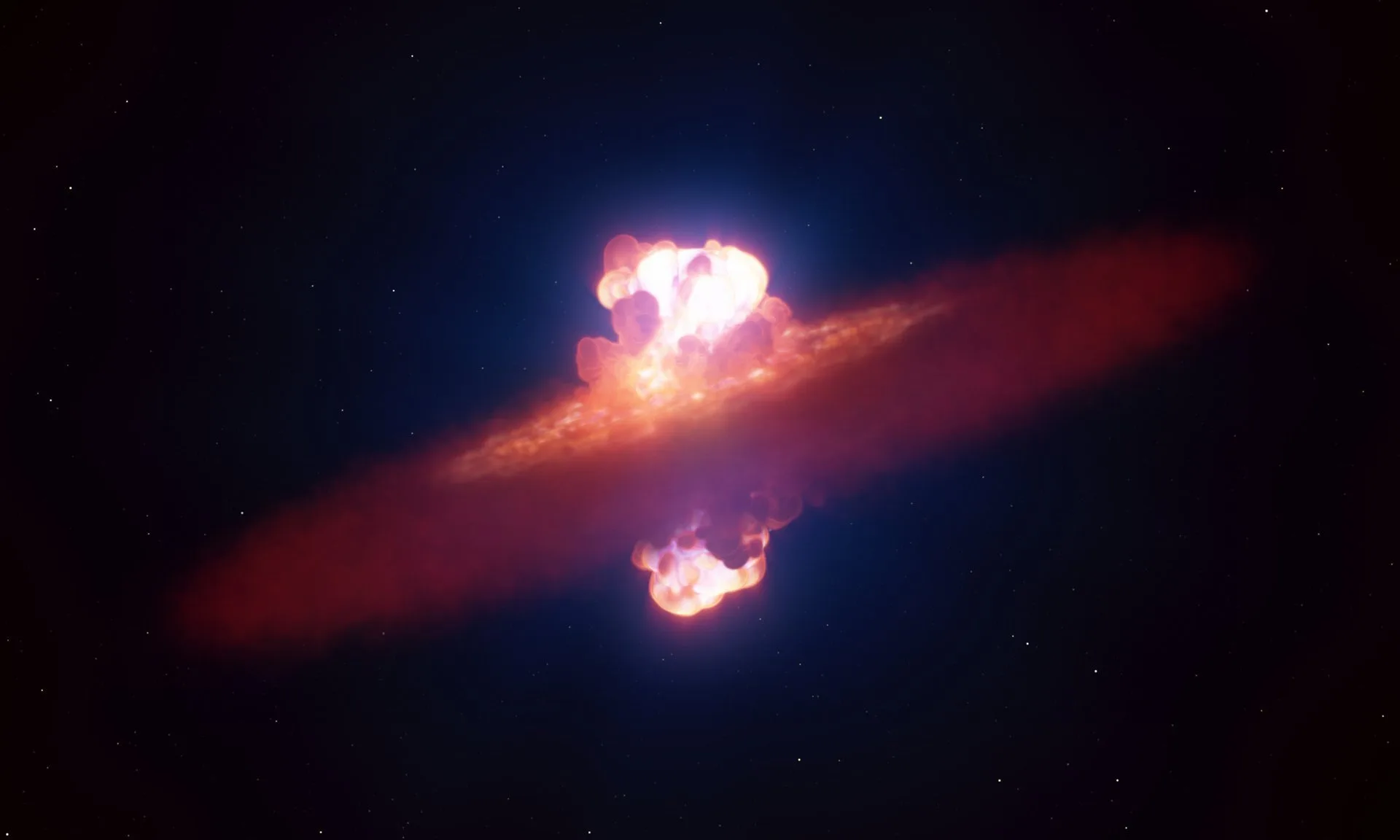
Original post from Universe Today:
Conventional wisdom has it that stars keep their spherical shape because of the careful balance between gravitational pressure and the internal pressure caused by the nuclear fusion happening in their cores. When they run out of nuclear fuel, they undergo gravitational collapse at their core while the outer shell falls inward and rebounds. For particularly massive stars, this triggers a massive explosion (a supernova) that blows off the outer layers of the star, dispersing material into space and filling the interstellar medium (ISM).
During a short-lived phase in this process, the initial “breakout” shape of a supernova can be observed before the shock wave begins interacting with the surrounding material. Thanks to a team of astronomers using the ESO’s Very Large Telescope (VLT) and a technique known as “spectropolarimetry,” this has now been achieved for the very first time. While observing the supernova SN 2024ggi, located in the galaxy NGC 3621 22 million light-years away in the constellation Hydra, they obtained data on the geometry of the star’s explosion that was never before possible.